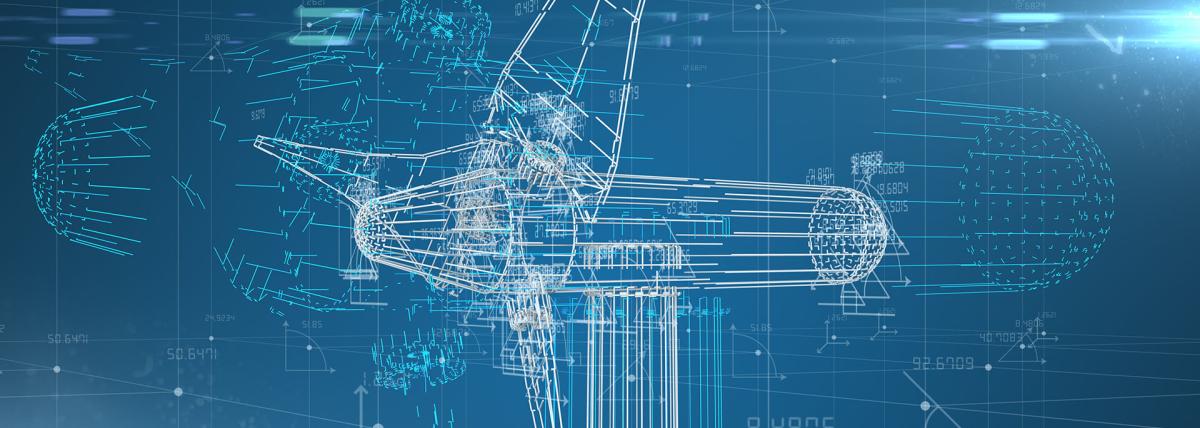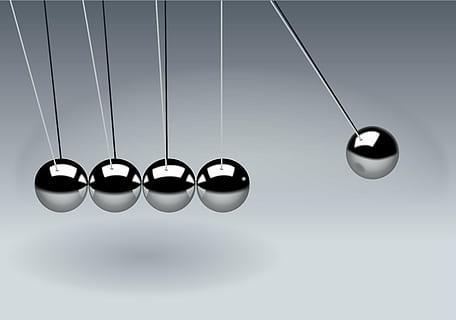
A Shocking Dystopia: STEM Adventures in The City of Ember Part 4 of 4: Where the River Goes
This lesson is PART 4 of a four-lesson unit, which focuses on futures thinking, the phenomenon of electricity, closed-system agriculture, and water as a renewable energy resource. “The City of Ember” is a dystopian novel by Jeanne DuPrau that explores themes of self-sufficiency, resourcefulness, and the consequences of relying on unsustainable systems. The story is set in a city where the infrastructure is failing, leading to a potential blackout and loss of essential resources. In Lesson 4, Where the River Goes, students will design, build, and test a waterwheel prototype. The scientific phenomenon shown by a waterwheel is the conversion of kinetic energy into mechanical energy. When water flows and strikes the blades of a waterwheel, it transfers its kinetic energy to the wheel. As a result, the wheel begins to rotate, converting the energy of the moving water into mechanical energy.
Lesson Grade Level
4th GradeLesson Plan Link/URL
https://docs.google.com/presentation/d/1RJr04hjaMgfnMTchRI4clhkBUSLR7DsIizAH-w6…Subject Area
Science Physical Science P4: Energy Transfer Technology 1. Empowered Learner 4. Innovative Designer 7. Global Collaborator Engineering S1: Engineering & Global Society S2: Apply the Engineering Design Process S3: Apply Mathematics to Engineering S4: Apply Science to Engineering S5: Apply Technology to Engineering Mathematics Counting and Cardinality (CC) Number and Operations in Base Ten (NBT) Measurement and Data (MD) English Language Arts (ELA) Reading (Literature) Writing Speaking & ListeningRelated Content

In this activity, students read about discovering energy and the impact encountered by ships at sea. Students will have the opportunity to read about how lighthouses can solve those problems and

This lesson is part two of four lessons, which will culminate in the flight of drones built by the students. Lesson 2: Harmony focuses on how stakeholders work together to ensure safety, mobility, and

Understanding and studying energy transfer produced by molecules collisions can be difficult and abstract for them. To make it easier for them to visualize, creating a Newton's Cradle will help them